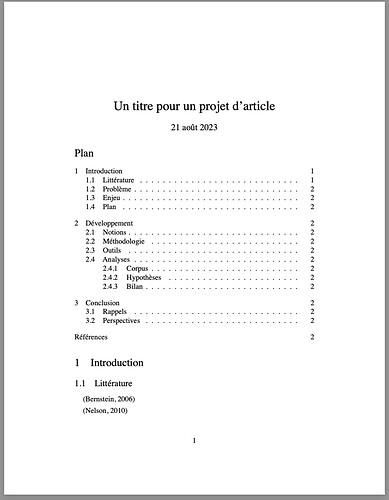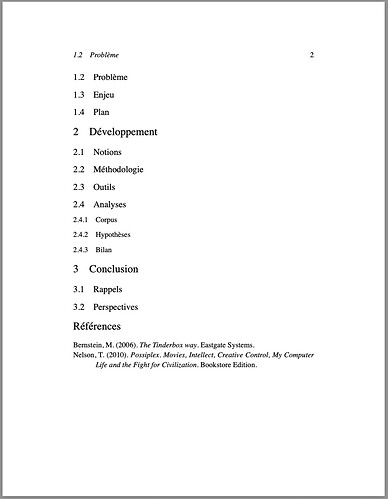Dear Monsieur WAKAMATSU,
To answer you:
Q01:
I don’t export my document. I don’t use any extension from Tinderbox. But, you can do it of course with Tinderbox. Instead of doing that, I just copy and paste my document — including my YAML and my separators — into Quarto. Then, I « knit » the whole and get a nice pdf.
But, I know that you directly « compile » your document from Tinderbox. There are one video Michael Becker @satikusala made about it and some reflections here in the Tinderbox forum.
Q02:
I don’t use HTMLexportTemplate.
Q03:
You’ll find below a file I made to illustrate my words and some pictures to see the whole.
Plan article Quarto.tbx (192.0 KB)
As you can see, I use a Latex template in my YAML because I do need to output a PDF that looks like an already accepted and published article. This trick helps me a lot. But, you can customize your export template within Tinderbox.


